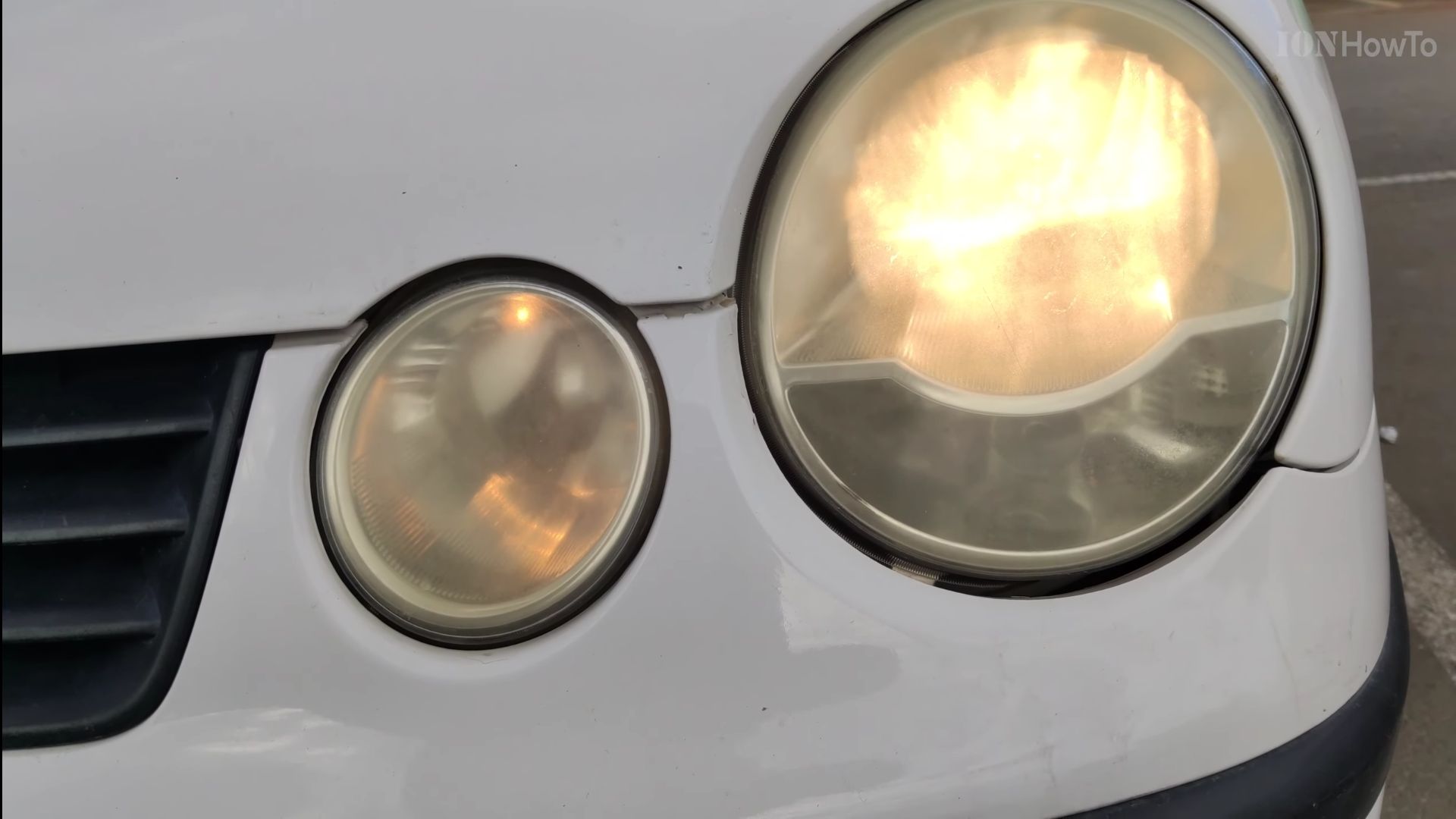Most Common Problems on VW Polo 9N Mk4. Other than changing the pollen filter, engine air filter, fuel filter or changing the engine oil.
In this video you get an overview of the most common problems on VW Polo 9N.
Ignition Coil Failures
Ignition coilpack failures where one or multiple engine cylinders show misfire codes on OBD2 engine scans.
Engine runs very rough and the Ignition Coils and spark plugs must be replaced asap. You can repalce one ignition coil or all the coils at once.
It’s better if you can replace all the ignition coils at once so you don’t have this problem soon. Also replace the spark plugs to make sure the sparks from the ignition coil is effective and the coil pack is not overloaded with worn-out spark plugs.
Oxygen sensors Pre-cat and Post-Cat O2 sensors
OBD2 scans can show Oxygen sensor related trouble error codes or errors related to the catalytic converter performance bellow acceptable level.
The Oxygen sensor are measuring the fuel trim result and the ECU uses the lambda sensors (O2 sensors) to continuously optimize the fuel – air trim.
EPC Light Engine in Limp Home Mode
EPC light turns on and the engine runs in limp home mode.
Check the electrical connector goint to the throttle body especially if the engine RPM goes up and down on it’s own without touching the gas pedal.
Throttle Body Error Codes
OBD2 scans return errors for the throttle body and especially the throttle angle positioning sensor with codes for implausible signal or intermittent error codes.
Engine Radiator Motor Failure
The radiator of the engine together with the radiator motor keep the coolant temperature at the optimal engine driving temperature.
When the engine radiator motor fails to start, the engine can overheat while driving. If you get a red temperature warning on the dashboard, stp the car immediately and check if the coolant expansion tank level is low or if the engine is overheating with steam coming out of the coolant expansion tank. Wait 30 min. to 1h before trying to drive the car again.
Get road assistange if the engine overheats again. If the engine is overheating and you keep driving, there could be permanent engine damage.
Coolant Radiator leaks
If the engine cooling radiator is leaking, you can top-up the coolant expansion tank with tap water or the recommended fluid for your car.
If the leak is not very bad you might try radiator seal products but use very little 10% – 20% of the amount recommended by the radiator sealing product. Add small amounts every day until the coolant radiator stops leaking.
If you use too much or the wrong radiator seal product, the thin collant passages inside the engine may be clogged or the AC heating or heater core may be clogged.
You can reverse flush the heater core but the engine may be permanently damaged if it overheats because of blocked coolant flow.
Coolant Expansion Tank Problems
Coolant expansion tank may be cracked. The electrical terminals inside the coolant expansion tank may be rusted or covered in deposits and not report the proper coolant level to the ECU.
When this happens, as soon as you start the engine, the red temperature warning light comes on flashing on the car dashboard. Check the coolant level, if the level is at the correct line and you just started the cold car (no chance of overheating causing the error) you can ignore the dash error until you replace the coolant expansion tank.
The electrical connector of the coolant expansion tank may not be making good electrical contact. Disconnect the electrical connector from the expansion tank and spray it with WD-40 or contact cleaner then insert it and try to start the car again.
Aircon Radiator Motor Failure
The Motor of the AC Aircon radiator works together with the engine radiator motor to cool down the engine cooland.
The AC motor also is responsible for the AC radiator.
If the motor does not start, check the fuses first and when the car is off and cold, try to use a screwdriver to push the motor and spin a bit. Usually the motor fails due to wear on the carbon contacts touching the motor rotor.
If the motor moves a bit, it may start again but if the motor is seized, the fuse will be blown. In both cases the motor must be replaced.
Engine Speed Sensor G28 failures
Engine RPM hesitates especially when starting from cold and especially under 2000 RPM.
It might happen that the engine stops completely even while driving on the motorway. This can be very dangerous but it’s easy to fix.
Aircon Heather Blower Motor
The heater blower motor stops working completely, any speed doesn’t work or the motor makes loud noises and vibrates a lot.
If it’s stopped, check fuses. If it’s noisy, replace the motor. It’s not very easy but the heater blower motor can be replaced without removing the dashboard.
Aircon Works only on Speed 4
If the heater blowe motor only works on speed 4 the problem is the thermal fuse located after the air filter in the air flow path way.
A small green electrical part with 2 prongs sticking up holding a thermal fuse. The fuse can be replaced. Remove the old fuse with pliers and install a new fuse that can be crimped back in place.
Aircon Recirculator Flap Motor
The recirculator flap does not work anymore or the Aircon changes to heating on it’s own in the summer or the heating doesn’t blow hot air in the winter. Easy fix once you kow how to do it.
Alternator Failure
Alternator brushes can fail and not make good electrical contact. It’s a difficult job to remove the alternator from the car and to refurbish it but it can fix it and it will last a long time. The Alternator bearings bushings can also fail and be replaced and refurbished.
Take the car to a mechanic for this and ask them to refurbish the alternator if possible instead of replacing the alternator completely.
Wishbone bushes ball joints and suspension control arm
Suspension parts can go bad on the car and must be replaced for road safety.
CV Joint Rubber Boot Failure
If the CV joint plastic boot is cracked and grease is leaking, you should ask the mechanic to replace the rubber boot and pack new grease on the CV joint before the CV joint fails due to low lubrication.
Power steering pump failures
The steering wheen may develop a light play from loose parts on the steering rack.
Dash trim plastic creaking
Some things creaking or everyhing creaking. You could try silicone spray or learn to live with it.
The dashboard is creaking more when the seasons change from summer to winter the temperature changes from the car heating.
Timing chain tensioner problems
Timing chain might fail or it may be loose. It’s not as bad as changing a timing belt but it’s good to get the timing chain tensioner checked by a mechaning if you feel the car has a rough idle or doesn’t drive well anymore.
Door and Tailgate hinge noise
Doors and tailgate hinges need to be lubricated once in a while. use clear silicone grease or grease spray.
Tailgate Struts Failure
The tailgate will not be lifted by the struts anymore and you eed to help it go up. The tailgate may even drop if you don’t hold it.
The tailgate struts are easy to replace. Just make sure they are not too powerful so that you don’t have to press it too hard to close.
Idler Pulley Noise
Strange metallic noises when starting the car. It could be any of the pulleys on the drive belt. Expensive AC compressor pulley seized or coolant pump pulley seized.
The easiest to fix is the idler pulley, spraying a bit of grease or oil on the center of the pulley can fix the noises.
Hydraulic Clutch Failure Noise
Hydraulic clutch failure noises. Fails gradually due to bad clutch bearing and pressure plate.
Start to be difficult to put the gear in reverse. Gets more difficult to put the car in reverse.
Eventually it gets difficult to put the gearbox in first gear.
If you don’t fix it in time, you will not be able to put the car in reverse or even change any gears.
Glove box stuck
If the glove box is stuck and won’t open. This is how to open it.
Also how to replace the glove box catch on VW Polo 9N.










Leave a Reply